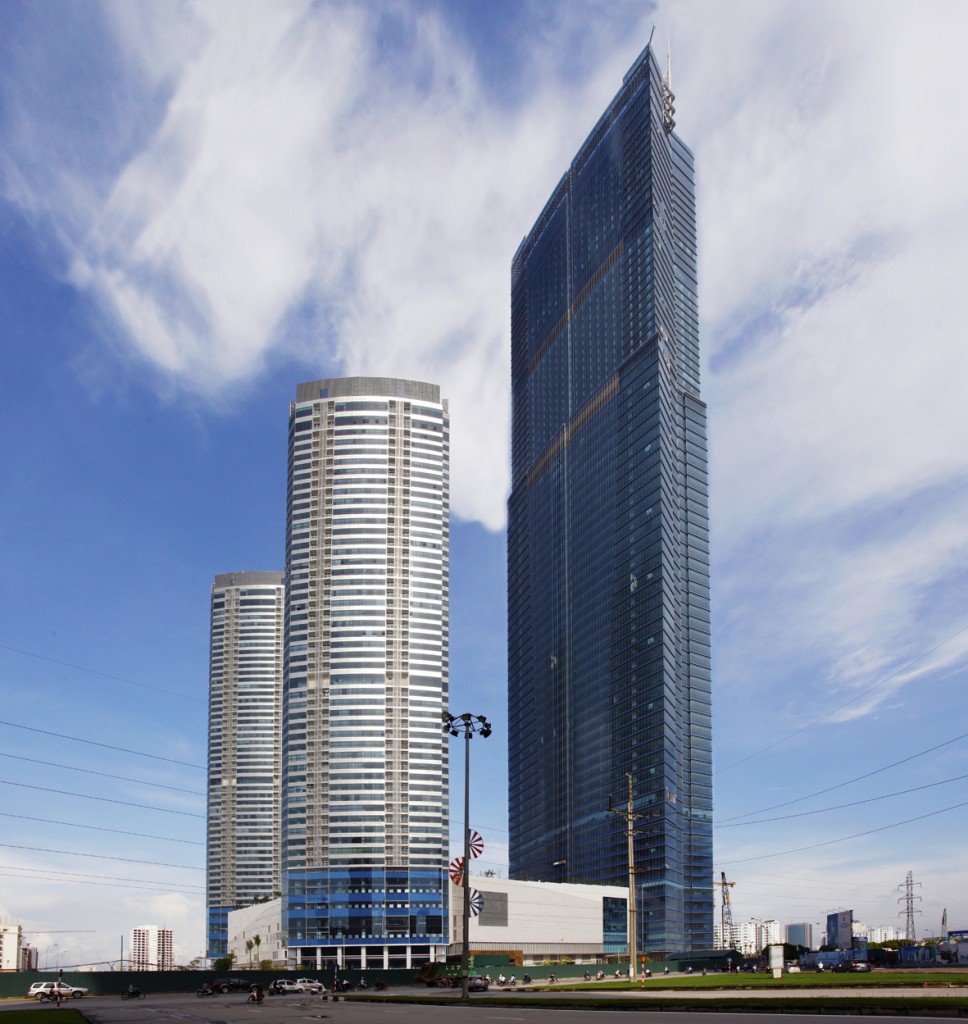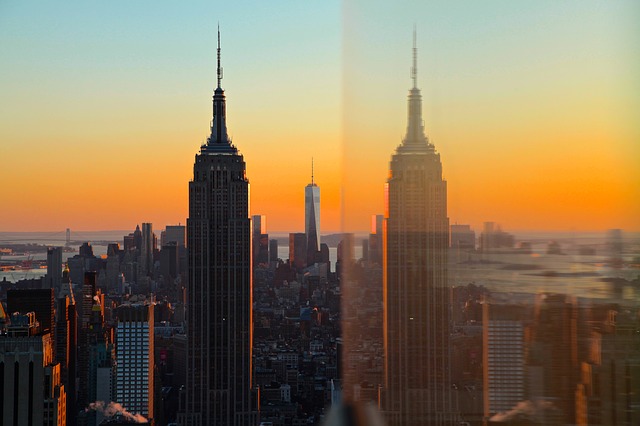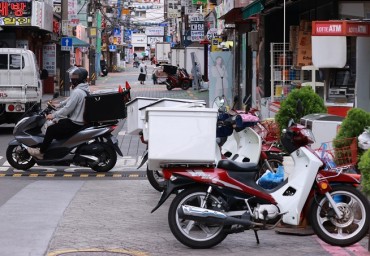
Construction on the Lotte World Tower will be completed by the end of this year. (image courtesy of Yonhap)
SEOUL, June 17 (Korea Bizwire) – While investigations into Lotte Group, one of Korea’s top five conglomerates, regarding slush funds are marring its reputation, the “skyscraper curse”, a popular belief that a country or a company that constructs a skyscraper eventually confronts a mishap, is in the public eye.
Construction on the second Lotte World (Lotte World Tower), a 123-story, 555- meter-tall skyscraper, began in June 2011 and will be completed by the end of this year.
Since construction began, Lotte Group has been the target of much criticism due to accidents at the Lotte World Tower construction site, including infrastructure collapses that resulted in fatalities and injuries, fire, sinking and cracking of the ground nearby, and a water leak in the building’s new aquarium.
The new tower’s final floor was topped out in December of last year, and the construction is currently in the final phase.
With the completion of construction coming up in few months, the slush fund investigation could have a serious impact on Lotte Group, its major subsidiaries, and chairman Shin Dong-bin’s family.
It could be a mere coincidence, but past incidents of the “skyscraper curse” are gaining attention.
In Korea’s financial hub of Yeouido, the 63 Building has long stood as one of the tallest buildings in country, and is sometimes cited as an example of the curse. Shindongah Group built the 249-meter-tall, 60-story building in 1985. The building has been nicknamed “Goldbar” as its glass windows reflect golden light under certain conditions.
However, building owner Daehan Life (later acquired by Hanwha Life Insurance), a subsidiary of Shindongah Group, was designated as an insolvent financial institution by the Financial Supervisory Service (FSS) in 1999, foreshadowing the downfall of Shindongah Group. After the arrest of former chairman Choi Soon-young, the company eventually disintegrated.
Hanwha Group later acquired the troubled company’s assets and has been in charge of operating Daehan Life and the 63 Building, but it, too, faced difficulty when chairman Kim Seung-youn was sentenced to four years in prison for embezzlement in 2012.

Keangnam Landmark 72 consists of one 72-story tower and two 48-story apartment complexes, the result of a $1.05 billion investment. (image: Wikipedia)
Hanoi’s Landmark 72, built by Keangnam Enterprises, is another example.
Keangnam Landmark 72 consists of one 72-story tower and two 48-story apartment complexes, the result of a $1.05 billion investment. The 72-story tower stands 346 meters tall, and the total floor area is approximately 608,000 square meters, which is 3.5 times larger than the 63 Building.
Sung Wan-jong, the former chairman of Keangnam Enterprises, was particularly interested in the Landmark 72 project, however the company could not recoup its investment due to the global financial crisis in 2008 and a stagnant real estate market in Vietnam.
Keangnam Enterprises filed for bankruptcy protection in January 2009, and operations were normalized in May 2011. In 2013 it once turned to the courts for protection against creditors after a domestic and international slump in business. In April of last year, the company was delisted from the Korean stock market.
Landmark 72 was sold off for 454 billion won to a corporate restructuring company.
The “Skyscraper Index” is a concept first proposed by Andrew Lawrence, an analyst at Deutsche Bank, in 1999. After studying 100 years of cases, he concluded that skyscrapers generally have risen during at times when the economy is doing well, but their completion marks the beginning of an economic downturn.
When New York’s Empire State Building was constructed in 1930s, the Great Depression hit the world. Similarly, the World Trade Center in New York and Sears Tower in Chicago were also built in 1970s, when stagflation occurred.
By Nonnie Kim (nkim@koreabizwire.com)







